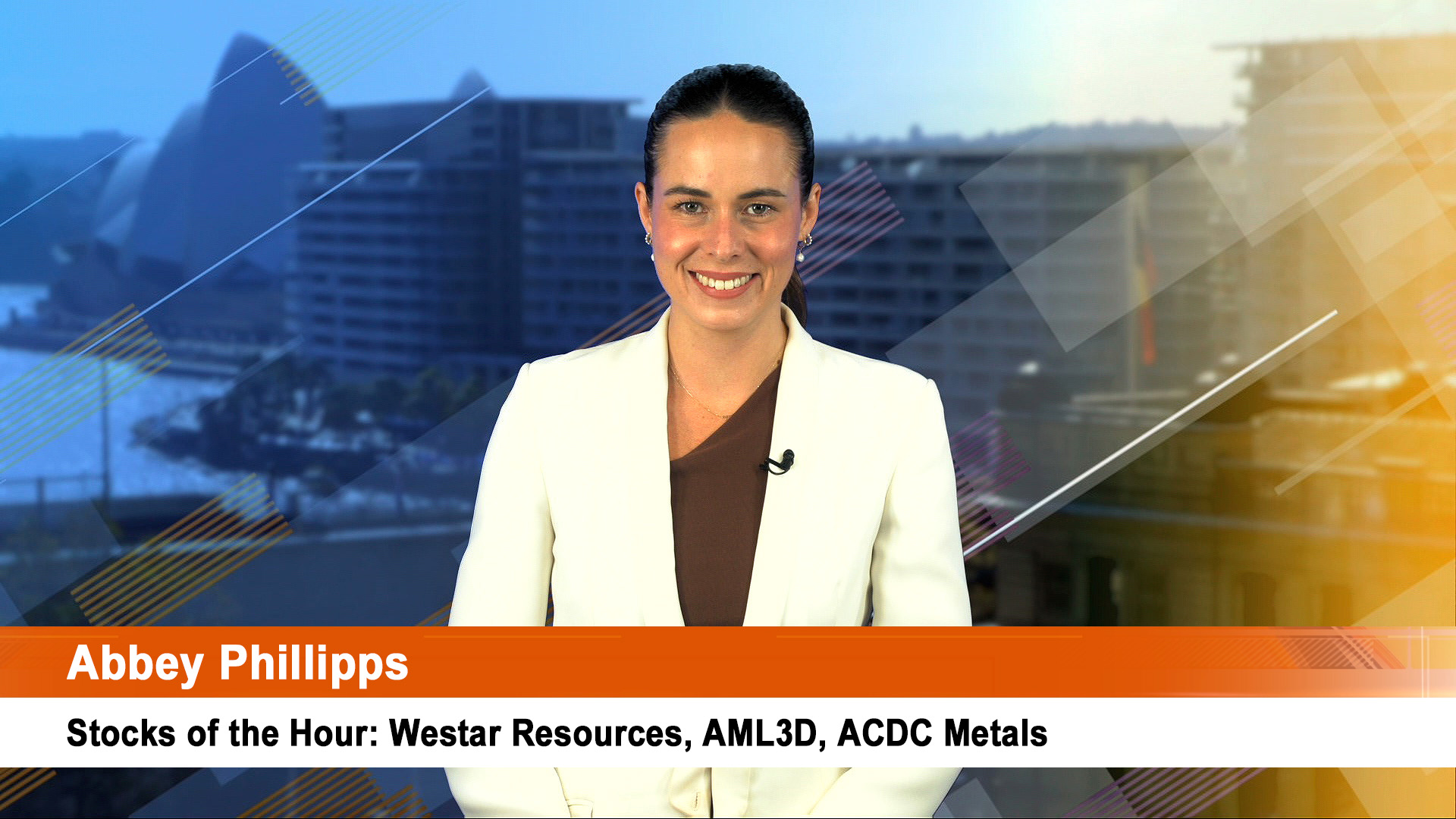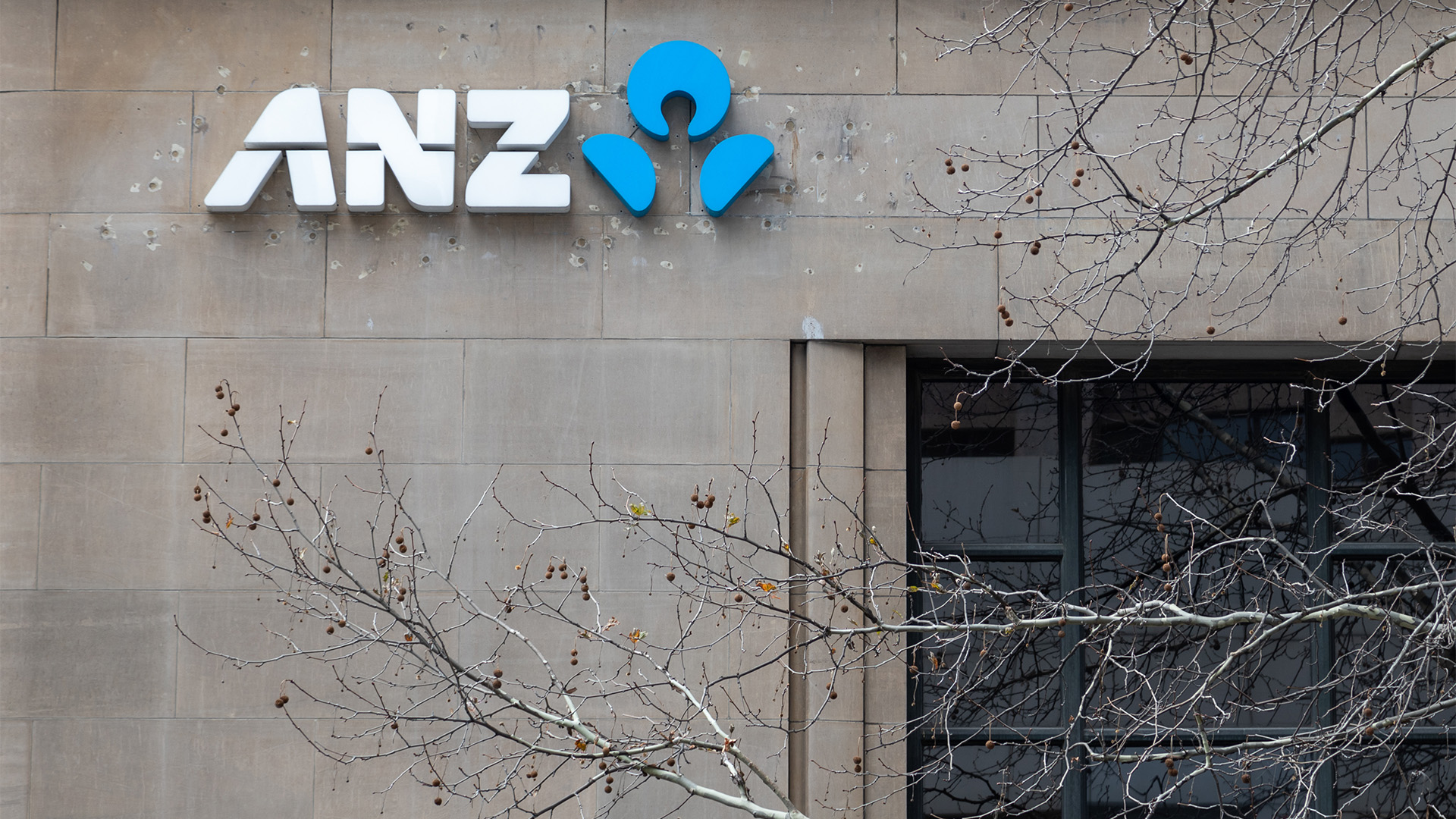The economic data for China for October shouldn’t worry markets – it was solid without being spectacular – there were few surprises (but we will come to those shortly) and there’s nothing that will worry local investors.
For that reason, the Chinese data over the week will help boost the sharemarket at the opening today.
For Australia – which depends on China to drive economic growth in our economy – it was a timely reminder that all the doom and gloom moaning from local and offshore China bears remains ignorant and ill-informed.
So what was the report card from China – which came at the end of a week when Australian trade data for September revealed that our surplus with China hit a record $US40 billion in the first nine months of the year, thanks to higher than expected iron ore prices.
Iron ore imports slowed last month by around 9%, but that was probably due to the week long national holiday at the start of October.
If you average import volumes over September and October, they were above 71 million tonnes for each month which is close to all time highs.
China’s industrial production grew faster in October, with industrial value-added output expanding 10.3% year on year, 0.1 percentage points higher than that of September.
China’s retail sales grew 13% year on year to 19.03 trillion yuan (US3.1 trillion) in the first 10 months of this year, up from 12.9% in September.
China’s urban fixed-asset investment grew 20.1% year on year to 35.17 trillion yuan ($US5.73 trillion) in the 10 months to October, down 0.1 percentage points from the growth rate in the first nine months.
China’s consumer price index rose at an annual rate of 3.2% in October, up from 3.1% in September. That took CPI growth for the first 10 months of the year to 2.6%, well under the official target of 3.5%.
China’s producer price index, which measures inflation at the wholesale level, fell at an annual rate of 1.5% in October from a year ago against the 1.3% rate in September.
It was the 20th consecutive month of deflation in wholesale prices in China, which is a pointer to the impact excess capacity is having on the ability of many companies to lift prices.
Exports rose 5.6% in October (up from that 0.3% fall in September) over a year earlier to $US185.4 billion.
October imports rose 7.6% to $US154.3 billion, up from September’s 7.4% growth.
October’s trade surplus takes the total for this year to $US200.5 billion, the largest 10-month total since 2008 and compared with $US230.7 billion for all of last year.
Trade with the EU, China’s largest trade partner, climbed half a per cent year on year during the January-October period, compared with an 0.8% drop-in the first nine months of 2013.
That points to a share rise in shipments to Europe in October as the eurozone especially emerged from recession.
Trade with the US, China’s second-largest trade partner, rose 6.9% in the first 10 months, while that with Association of Southeast Asian Nations members increased 10.9%.
Trade with Japan, however, fell 7%, perhaps linked to the continuing political tensions.
The Chinese statistics bureau said that imports for general trade, which refers to goods used in China’s own economy rather than for re-export, rose 18.5% in October from a year earlier, today’s data showed.
That’s the biggest increase in at least 18 months, and perhaps a good indicator of the strength of demand in domestic Chinese manufacturing in particular.
But there were several interesting bits of import data that told a slightly different story.
Iron ore imports slowed to 67.83 million tonnes – up on a year ago, but down 9% from September’s all time high of 74.58 million tonnes.
Iron ore imports are tipped to slow to around 64 million tonnes this month, and then rebuild in December and January ahead of the Chinese New Year holidays at the end of January and into February. (January 31 is the actual New Year).
Crude oil imports slumped to the lowest in 13 months at 4.81 million barrels per day (bpd), down 23% from September’s record 6.25 million bpd.
Copper imports fell 11.2% from September’s 18-month high to 406,708 tonnes, while soybean imports also fell by around 11% to 4.19 million tonnes.
Now is this bad news, or an aberration?
Seeing China is the world’s largest buyer of iron ore, copper and soybeans and close to the largest oil importer (with the US), such large falls in import volumes of key commodities would normally set off warning bells.
But analysts point out that the Golden Week holidays at the start of October seems to have helped boost import volumes in September (there was no trade activity for several days during the holidays). That boosted September’s volumes and cut October’s.
So if you combine and average import volumes for both months, you get a solid two month period for oil, iron ore (for example iron ore imports averaged 71 million tonnes in September and October on that basis, which is very close to the all time high).
But with some steel plants being shut or running at lower levels to curb pollution in the late autumn and early winter months, and a modest decline reported in steel demand, it could be that iron ore import levels will settle under 70 million tonnes a month for the rest of the year – still solid, but not boom like levels.
Elsewhere in Asia on Friday there was also news of a solid 7.3% jump in South Korean imports in October and a 1.5% fall in Taiwanese exports – which was better than the 7% slide in September.
So along with China’s improvement, there was a definite trend in October exports out of Asia to the rest of the world.
Much of these would have been Christmas orders for North America and European retail chains, which is good news because it is pointing to confidence among key buyers of goods from the region.













